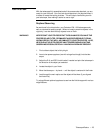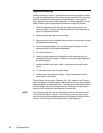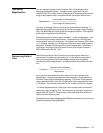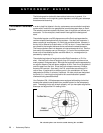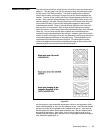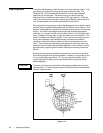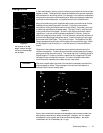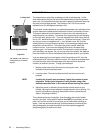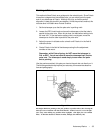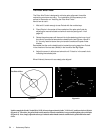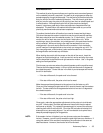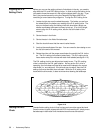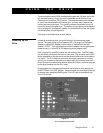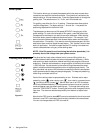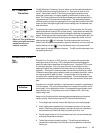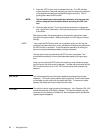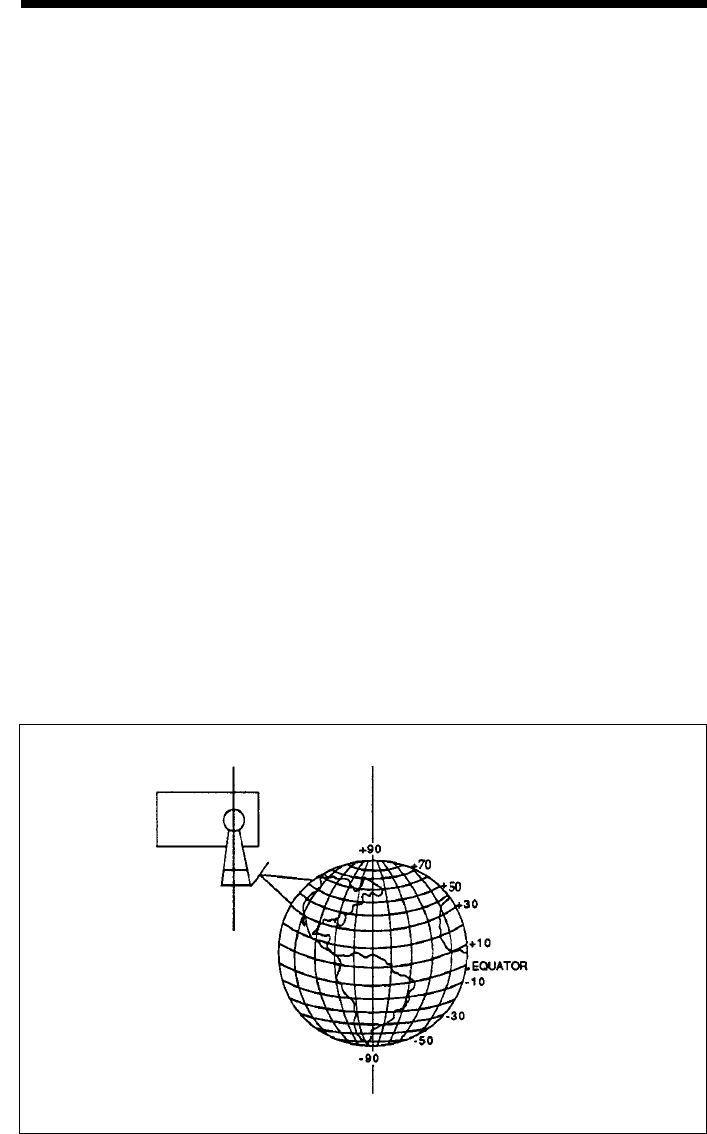
Astronomy Basics • 33
Pointing at Polaris
This method utilizes Polaris as a guidepost to the celestial pole. Since Polaris
is less than a degree from the celestial pole, you can simply point the polar
axis of your telescope at Polaris. Although this is by no means perfect
alignment, it does get you within one degree. Unlike the previous method, this
must be done in the dark when Polaris is visible.
1. Set the telescope up so that the polar axis is pointing north.
2. Loosen the DEC clutch knob and move the telescope so that the tube is
parallel to the polar axis. When this is done, the declination setting circle
will read +90°. If the declination setting circle is not aligned, move the
telescope so that the tube is parallel to the polar axis.
3. Adjust the mount in altitude and/or azimuth until Polaris is in the field of
view of the finder.
4. Center Polaris in the field of the telescope using the fine adjustment
controls on the mount.
Remember, while Polar aligning, do NOT move the telescope in
R.A. or DEC. You do not want to move the telescope itself, but the
polar axis. The telescope is used simply to see where the polar
axis is pointing.
Like the previous method, this gets you close to the pole but not directly on it.
The following methods help improve your accuracy for more serious observa-
tions and photography.
Figure 4-7
One might think that pointing at the pole produces a parallax effect, thus skewing the
telescope’s axis of rotation with that of the Earth’s. Polaris, however, is over 50 light
years away, thus making any parallax effect negligible. (One light year is 6.4 trillion
miles. To find the distance to Polaris in miles, multiply 6.4 trillion by 50!)



